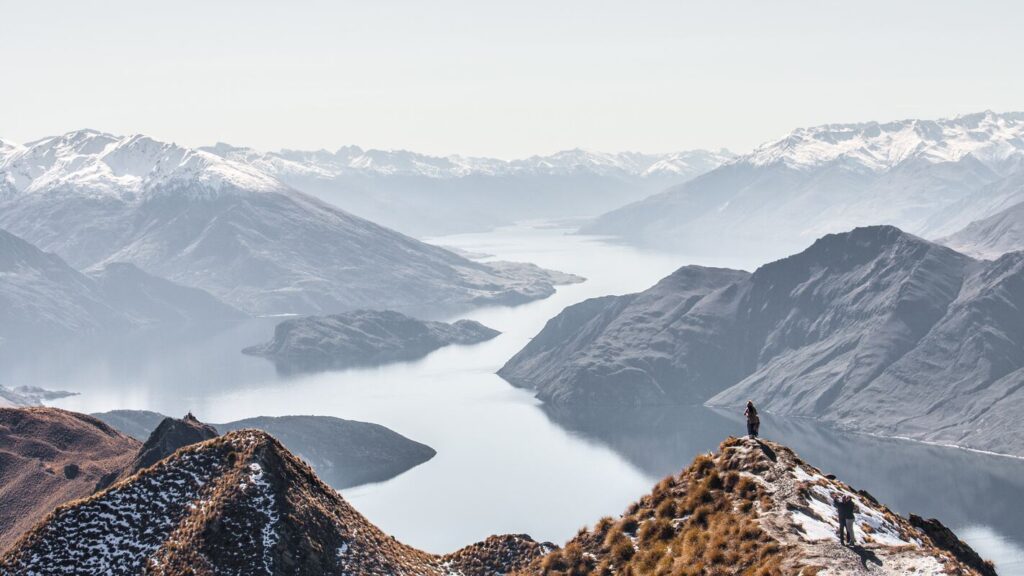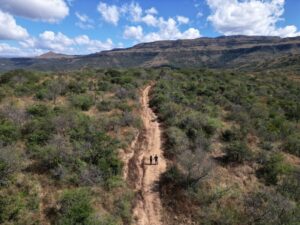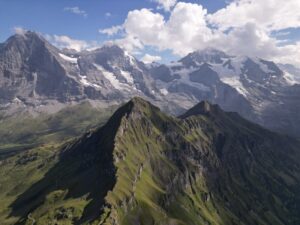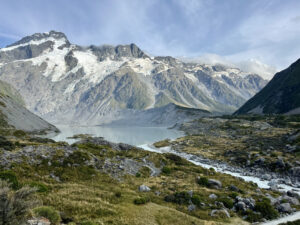Welcome to New Zealand, an island paradise of breathtaking natural beauty and unbeatable adventures. This wild playground boasts stunning landscapes, a rich cultural heritage, and an inviting atmosphere that instantly feels like home. Having already explored its wonders twice, we’re already planning our third voyage to this amazing destination.
And when it comes to epic road trips, the South Island takes the crown. Imagine strolling along Abel Tasman’s golden beaches, marveling at Mount Cook’s majestic peaks, cruising through the enchantment of Milford Sound, trekking atop Fox and Franz Josef glaciers, and unleashing your heart’s racing spirit in Queenstown – the ultimate thrill-seeker’s haven. New Zealand isn’t just a destination; it’s a passport to unforgettable memories that will call you back time and time again.
General tips
When/where to go
Best Time to Visit: The best time to visit New Zealand depends on your interests and activities.
- The summer months (December to February) offer pleasant weather for outdoor activities.
- The winter months (June to August) provide opportunities for skiing and snowboarding in the Southern Alps.
- Spring (September to November) and autumn (March to May) offer milder weather, fewer crowds, and beautiful foliage.
Where to go: When visiting New Zealand, you’ll need to choose if you want to explore the North Island, the South Island, or both.
The North Island is great for discovering Māori culture, urban exploration, and geothermal wonders.
The South Island is better for rugged natural beauty, outdoor activities, and dramatic scenery. You can travel from one island to the other via ferry, but if you are short on time we recommend choosing the South Island.
North Island
- Auckland: Where urban energy meets coastal beauty in New Zealand’s largest city.
- Rotorua: Geothermal wonders, Māori culture immersion.
- Tongariro Crossing: Iconic volcanic trek, stunning landscapes.
South Island
- Queenstown: Thrill-seekers’ paradise, stunning lake backdrop, urban city.
- Milford Sound: Dramatic fjords and waterfalls.
- Mount Cook: Majestic peak, hiking and glacier views, turquoise lakes.
- Fox & Franz Josef Glaciers: Glacier hikes and stunning scenery.
- Abel Tasman: Golden beaches, exotic birds, coastal paradise for relaxation.
Getting Around
Transportation: New Zealand offers various transportation options, including domestic flights, buses, trains, and rental cars.
- Most international flights fly into Auckland (North island) or Christchurch (South Island) airports.
- To truly immerse yourself in the nation’s beauty, consider renting a campervan—a popular choice that grants you the freedom to explore at your pace. Book in advance as these can be expensive and can sell out during high-season.
- Well-maintained roads throughout both islands make road trips an easy option, especially since it provides flexibility to explore both urban and remote areas at your own pace. Make sure you feel comfortable driving on the left side!
- Public buses link major cities and towns, providing a convenient and cost-effective way to travel.
- Domestic flights swiftly connect distant destinations.
- Ferries can carry you between the North and South Islands, treating you to stunning coastal views along the way. Book in advance.
Public bathrooms: Public bathrooms are generally clean and well-maintained in New Zealand. You can find them in public parks, shopping centers, rest areas, and tourist attractions.
Wi-Fi: Wi-Fi is widely available in cities, towns, and many accommodations throughout New Zealand. However, in more remote areas or national parks, internet access may be limited or unavailable.
Language
In New Zealand, English is the predominant language spoken, making communication effortless for travelers. Additionally, the Māori language holds cultural significance and is also recognized as an official language.
New Zealanders are often referred to as “Kiwis” due to the country’s iconic bird, the kiwi. The kiwi bird is a national symbol of New Zealand and holds cultural significance
Embracing this linguistic diversity enhances your journey, providing insights into the country’s rich heritage and warm hospitality. Here are some basic travel phrases in the Māori language:
- Kia Ora: Hello / Hi / Greetings (a versatile and common greeting).
- Haere Mai: Welcome.
- Whakarongo mai: Listen (useful when you’re trying to get someone’s attention).
- E noho rā: Goodbye (often used when leaving).
- Tēnā koe: Thank you.
- Kei te pēhea koe?: How are you?
- Kei te pai: I’m good / I’m well.
- Mā te wā: See you later (informal farewell).
Food/Money
Money: The currency in New Zealand is the New Zealand Dollar (NZD). At the time of our travels, 1 USD = 1.69 NZD. Credit cards are widely accepted and ATMs are readily available in cities and towns.
ATM: ATMs can be found in most urban areas, including airports, shopping centers, and banks. Make sure to check with your bank regarding any fees or international transaction charges.
Tipping: Tipping is not as deeply ingrained in the New Zealand culture. While tipping isn’t mandatory, it’s still appreciated for exceptional service. In restaurants, cafés, and bars, if you want to show appreciation, rounding up the bill or leaving a small tip is a kind gesture. For taxi rides or similar services, rounding up the fare is also appreciated.
Haggling: Haggling is not a common practice in New Zealand. Prices are generally fixed, especially in stores and restaurants.
Restaurants/Cafés: New Zealand’s food scene is a blend of fresh, locally sourced ingredients and international culinary influences. Many places have a strong focus on quality and sustainability.
Foods to Try:
- Hangi: A traditional Māori method of cooking food in an underground oven.
- Pavlova: A meringue-based dessert topped with cream and fresh fruits.
- Fish and chips: A classic dish consisting of battered fish fillets and crispy fries.
- Pāua: A type of shellfish found in New Zealand, often prepared as fritters or in seafood dishes.
Fruits to Try:
- Kiwifruit: New Zealand is famous for its delicious kiwifruit, which comes in green and gold varieties.
- Feijoas: A green fruit with a unique flavor, often eaten raw or used in desserts and jams.
- Tamarillos: Red or yellow fruits with a tangy taste, commonly used in sauces or desserts.
- Passionfruit: A tropical fruit with a sweet and tangy flavor, used in desserts, drinks, and sauces.
- Boysenberries: A cross between raspberries and blackberries, popular in jams, pies, and desserts.
Health/Safety
Water: Tap water in New Zealand is safe to drink in the cities so you can confidently fill your water bottle from taps in hotels, restaurants, and public places. However, if you’re in a more remote area or unsure about the water source, it’s advisable to drink bottled water or use a portable water purifier. We carry our BeFree filter by Katadyn everywhere we go.
Safety: New Zealand offers a safe travel environment, with low crime rates and a welcoming atmosphere. While general precautions apply, like safeguarding personal belongings and being aware of surroundings, the country is considered relatively secure for both solo travelers and families.
Cultural: Respect the indigenous Māori culture by learning basic greetings and protocols. Remove shoes when entering someone’s home, and avoid touching people’s heads, which are considered sacred.
Trail Etiquette: Displaying proper trail etiquette during hikes and caring for the environment reflects the country’s strong conservation values.
- Stay on the Trail: Stick to designated paths and marked trails to avoid damaging fragile ecosystems.
- Pack Out What You Pack In: Carry all your trash, including food wrappers and waste, and dispose of it properly in designated bins.
- Respect Wildlife: Observe animals from a distance and avoid feeding them. Don’t disrupt their natural behavior or habitats.
- Minimize Noise: Keep noise levels down to preserve the tranquility of the surroundings and respect the experience of fellow hikers.
- Yield the Right of Way: Uphill hikers have the right of way, as it’s more challenging for them to stop and start again. Step aside to let them pass.
- Leave No Trace: Leave the environment as you found it. Avoid picking plants or disturbing rocks, and avoid making markings.
COVID-19
On 12 September 2022, New Zealand announced the removal of most COVID-19 restrictions. This includes removal of mandatory mask wearing in most settings and removal of all vaccination and testing requirements for incoming travelers and air crew.
As of June 12, 2022, people returning to the U.S. no longer need to show proof of vaccination or have a negative COVID test unless you are a non-US citizen.
Make sure to check your country and embassy websites prior to planning your travel as policies have been changing frequently.





